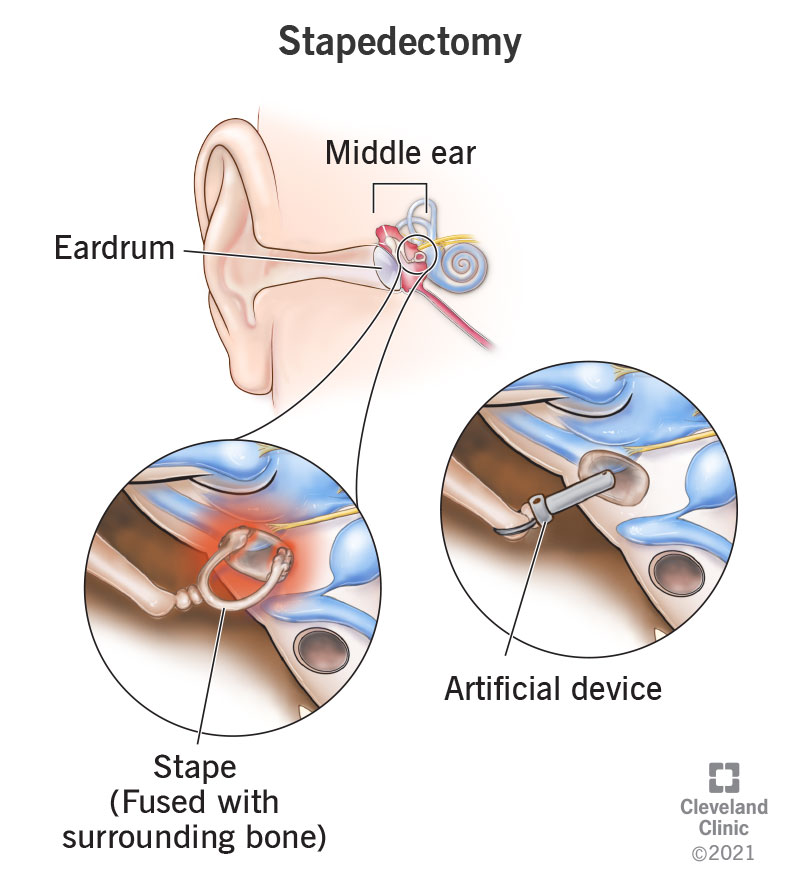
Stapedectomy is a surgical procedure aimed at restoring hearing loss caused by otosclerosis, a condition where abnormal bone growth within the middle ear interferes with sound transmission. This delicate procedure involves the removal of the stapes bone and its replacement with a prosthetic device, allowing sound vibrations to reach the inner ear more effectively. Here's an overview of the procedure: